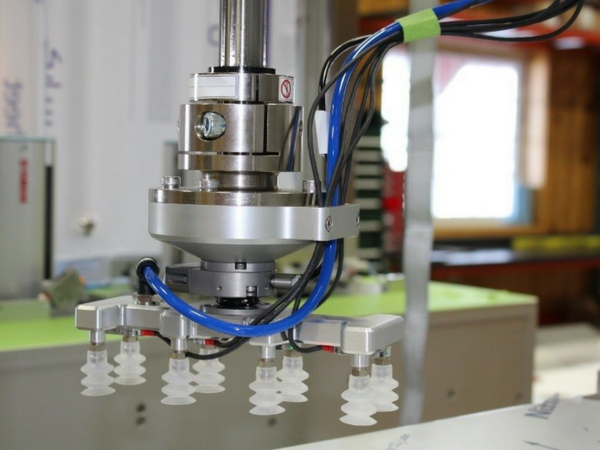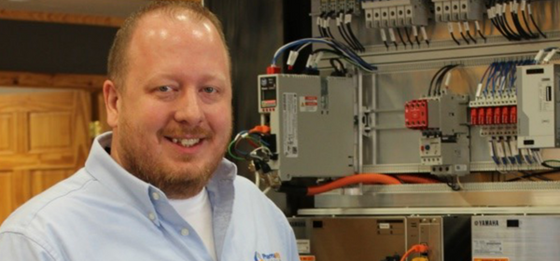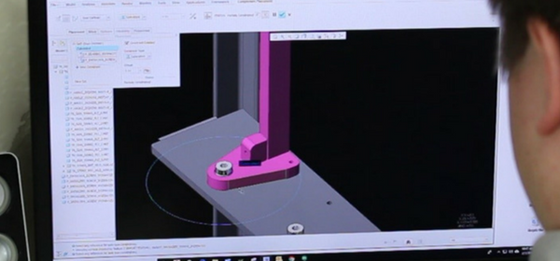Medical device and pharmaceutical businesses aren’t much different from other product development companies. They invest in innovation, of course, but they also care deeply about manufacturing. That’s because even the most groundbreaking products need to scale. If you can’t make thousands or millions of units, ROI is lost.
That brings us to PharmaMED Automation, a company that makes equipment that streamlines and automates secondary packaging for the pharmaceutical and medical device industries. “Our products are used for orienting, sorting, inspecting, and ultimately loading product into packages,” says Dustin Hanson, PharmaMED Automation President.
In short, they make the robots that package up the packages.
And while that might seem fairly straightforward, the medical industry brings its own unique demands to packaging and manufacturing processes. For example, pharmaceutical/medical manufacturing is highly regulated and rapidly growing—new or expanding product lines hit the market every day.

A robotic machine used to package medical devices.
That’s where PharmaMED Automation comes in. They work with their customers to conceptualize ideas and use robotics and automation to increase efficiency and ensure a quality product is delivered.
You can see one of their robots in this video:
The medical device industry generates around $140 billion annually in the United States. To compete in that stringent and fast moving space, industry leaders (think Johnson & Johnson, Medtronic, GE Healthcare, and Pfizer) need to deliver high-quality solutions to the market fast. Really fast.
PharmaMED Automation creates custom solutions that improve a company’s assembly line.
However, no two projects are exactly the same. “What we do is fairly niche” says Hanson. “In fact, most projects are custom.” And of course, urgent.

Dustin Hanson, President, PharmaMED Automation
“Our biggest challenge is creating designs and getting them assembled quickly, so we can test and implement them. The quicker we can take a concept and turn it into a prototype that we can test, the better.”
PharmaMED Automation wants what we all want, really. Faster time to market, more innovation, and less time wasted in the design phase. They need design software that helps them get into production fast.
That’s why company engineers use Creo Parametric to quickly transform their ideas into detailed 3D designs. “Creo allows our team to collaborate and actually see a 3D visualization of our concepts,” says Hanson. “Plus, it allows us to see how parts will fit together before anything is manufactured.” And that of course saves PharmaMED Automation time and money as products get built right the first time.

A PharmaMED Automation engineer manipulates a 3D model using Creo Parametric
As if that’s all not enough, Creo makes collaboration easy, even across organizations. Many of PharmaMED Automation’s customers are Creo users. This means they can effortlessly share design files and make changes to a common model. However, Creo’s multi-CAD support means they can import other CAD files into Creo as well, and then save the changed files into neutral formats (like STEP and IGES) to share them back with the customer.
Companies like PharmaMED Automation are exactly why we support more effective design reviews with tools like multi-CAD, and more recently, augmented reality.
Are your most innovative products getting to market fast enough? Find out what Creo could be doing for you. Download the free eBook, Top 8 Reasons to Design with Creo.

©Copyright 2024. All rights reserved by Modelcam Technologies Private Limited PUNE.
Image Courtesy : PTC